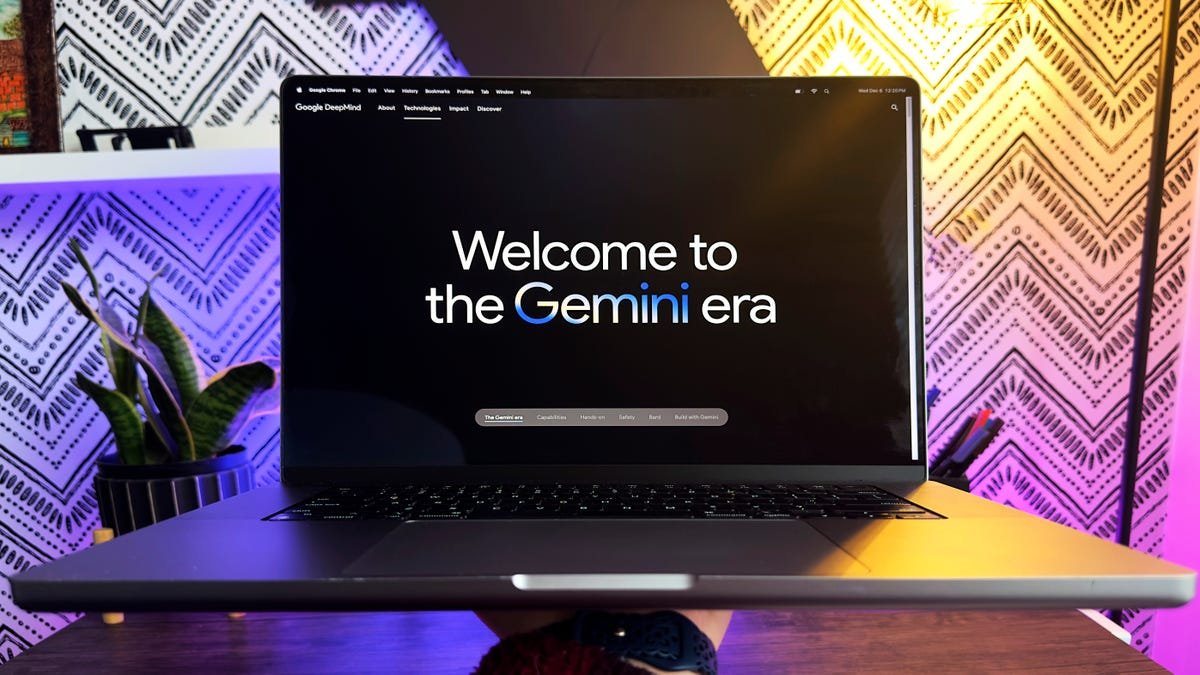Price Cuts in GPU Tender: How It Impacts the AI Landscape
An analysis of the lowest (L1) prices released by the IndiaAI Mission for the second round of the tender for graphics processing units (GPUs) reveals a significant price reduction of up to 10% compared to the first round.
Benefits for Users
The first-round bidders will be asked to match these reduced prices, leading to substantial savings for users. These GPUs are procured under a government initiative aimed at providing subsidized computational power for local artificial intelligence projects.
Price Variations
The decline in prices for the same GPU model between the two rounds ranges from as little as ₹4 per hour to as high as ₹1,234 per hour.
Industry Reactions
Various companies have expressed optimism regarding the reduced L1 rates, seeing them as a catalyst for launching artificial intelligence pilot projects in a range of fields that were previously considered too expensive. However, there are concerns about a potential price war among GPU capacity providers.
Global Competitive Pricing
The current GPU pricing is reportedly among the lowest globally, supported by a government subsidy of 40%.
Support for AI Startups
The pricing changes are expected to empower AI startups, developers, researchers, and corporations to afford GPU capacity through leasing from selected providers.
Government’s Standpoint
“All existing empanelled players will be asked to match new L1 prices,” explained Abhishek Singh, Chief Executive of IndiaAI Mission. He anticipates that most companies will comply in order to maintain their priority for AI workloads.
Second Round Tender Details
In the second round of the tender, 53 categories of GPUs are offered, including new models like Nvidia’s B200. Of these, prices have decreased in 16 categories compared to the first round.
Ongoing Allocation Process
Singh noted that the process of assigning AI workloads is continuous, and companies have a six-month period to provision the GPUs.
Investment and Commitment
According to the IndiaAI website, 4,423 GPUs with a total subsidy of ₹111.86 crore have been allocated thus far. This includes allocations to 21 applicants from various sectors, including academia, government agencies, early-stage startups, and the student community.
Success Stories
Bengaluru-based Sarvam AI, the first startup selected to develop an indigenous foundational model under the IndiaAI Mission, has already secured 4,000 GPUs. Others, like Soket, Gnani, and Gan, are expected to finalize their compute requirements soon.
Dynamic Allocation
“Allocation is dynamic. Companies have carefully assessed investments in bidding for GPUs. Commitments demand significant resources,” Singh elaborated.
Largest Subsidy Allocation
Sarvam AI has received the largest subsidy under the program, amounting to ₹98.68 crore for 4,096 Nvidia H100 GPUs, according to the IndiaAI website.
Expansion of GPU Cluster
IT Minister Ashwini Vaishnaw recently announced the addition of 15,916 GPUs to the existing cluster of 18,417 GPUs under this initiative, boosting the total to 34,333 GPUs.
Diverse Offerings
This extensive offering includes GPUs from major manufacturers like Nvidia, AMD, AWS, and Intel, featuring models such as 15,100 H100 Nvidia GPUs, 8,192 B200 GPUs, 4,812 H200 GPUs, and 1,973 L40S GPUs.
Cautious Optimism in the Industry
Rishikesh Kamat, Senior Director at NTT Data India, commented that the combination of lower L1 rates and government support could facilitate pilot projects, allowing more organizations to explore AI use cases previously deemed too costly.
Concerns from Industry Leaders
Conversely, Anuj Bairathi, CEO of Cyfuture India, expressed concerns over the long-term viability of service providers in light of continuously lowering prices. The situation could become dire if the anticipated workloads by the IndiaAI Mission do not manifest.
Price Comparison
Interestingly, while there has been a decline in prices for the same GPUs across rounds, the average L1 hourly GPU price rose from ₹612.85 in the first round to ₹655.90 in the second round due to the introduction of newer GPU categories.
Conclusion
As the landscape of GPU pricing evolves, the initiatives by the IndiaAI Mission are significantly altering the dynamics for users and service providers alike, ultimately pushing forward the capabilities of AI projects in India.
Q&A Section
1. What is the main focus of the IndiaAI Mission’s recent GPU tender?
The main focus is to provide subsidized computational power for local artificial intelligence projects by lowering GPU prices.
2. How much have GPU prices fallen in the recent tender?
Prices have fallen by up to 10% compared to the first tender round, with individual model declines ranging from ₹4 to ₹1,234 per hour.
3. What is the government subsidy percentage for GPU services?
The government provides a 40% subsidy for GPU services under this initiative.
4. Who are the primary beneficiaries of the GPU leasing program?
AI startups, developers, researchers, and corporations exploring AI projects are the primary beneficiaries of the program.
5. What concerns do some industry leaders have regarding lower GPU prices?
Some leaders warn about a potential price war among service providers, which could threaten the stability of the nascent industry.







